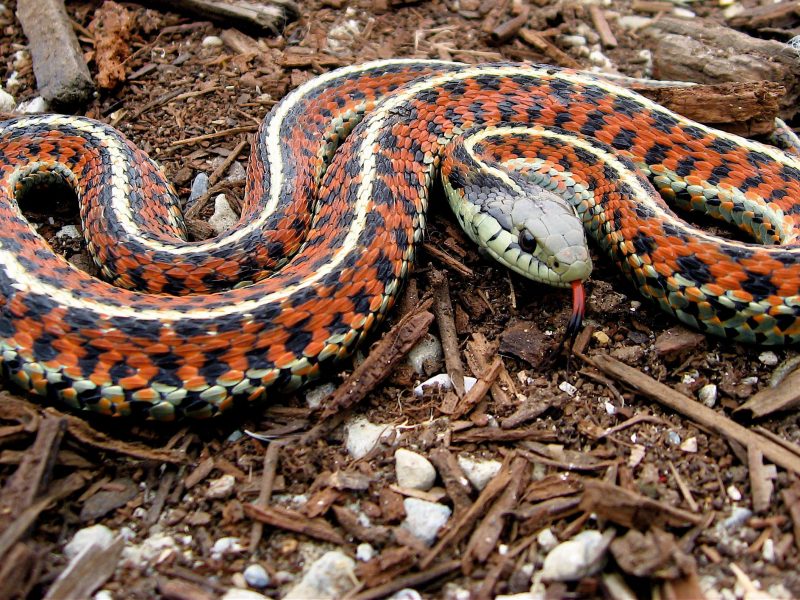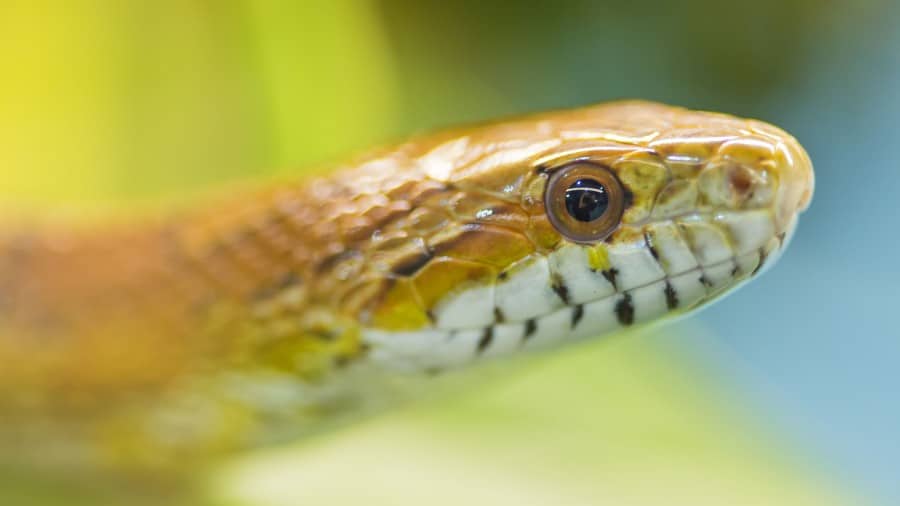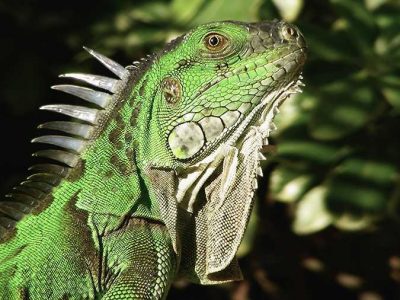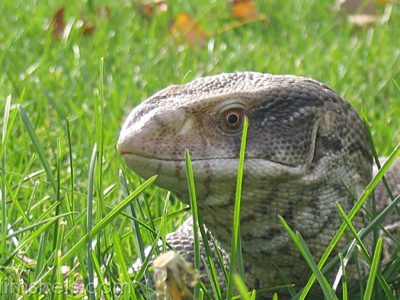
Snakes are a very diverse group (over 2,000 species) of Class Reptilia, and as such, have a variety of housing and feeding requirements.
Most snakes are predaceous, and some only eat certain special food items (such as eggs or crayfish). The snakes usually kept as pets include Boas, Pythons and Colubrid snakes (corn snakes, milk snakes, etc.). Almost all diseases seen in veterinary practice are due to improper husbandry — specifically improper temperature, diet and housing. The general suggestions below are applicable to most species of pet snakes—the doctor will advise you if there are any differences for your specific pet.
1. Housing: Snakes should be kept in an enclosure that is at minimum equal to the snake’s length long and half of the snake’s length wide. So if you have a 4-foot snake, the enclosure should be at least 4 feet by 2 feet. Glass or Plexiglas is easiest, but other materials such as fiberglass or plastic can be used, especially if the snake tends to strike against the glass and damage its nose. Use Astroturf or newspaper on the bottom of the cage and avoid bark, wood shavings, corncobs and gravel as these can cause digestive problems if swallowed, and the organic substrates can harbor pathogenic fungal organisms. Adequate ventilation is also important to prevent excessive humidity and fungal growth. A “humidity box” containing moistened peat or sphagnum moss should be provided to prevent retained sheds (dysecdesis). The humidity in the cage should be between 50% and 80% depending on species.
2. Temperature: Since snakes are “cold-blooded,” an external heat source is needed in the enclosure. The temperature in the enclosure should range from 75-80 degrees on the cool end to 85-95 degrees on the warm end. Colubrids should generally be kept at the lower end of these ranges and boas and pythons at the higher end. Heat tape or heat mats (with rheostats or thermostats) can be used cautiously to bring the temperature of the enclosure up, but avoid hot rocks, as they can easily lead to burns. A combination heat and light source (such as an incandescent light bulb) can be used in the warm end. Night temperatures should not drop below 75 degrees unless the snake is being hibernated.

3. Light: Snakes should have light for 12-14 hours daily. An ultraviolet light source (Vita-lite or Repti-lite) can be helpful to snakes’ metabolism and mineral balance.
4. Water: A shallow dish of water should be placed in the warm end of the enclosure to provide a soaking spot and to provide the humidity essential for proper shedding. The water should be changed every 2-3 days at a minimum and the dish cleaned and sterilized.
5. Diet: Snakes do not usually require dietary supplements of any type, since they eat their prey whole. Mice and rats are most commonly fed, and these should be already dead when they are fed, as live rodents can cause severe trauma to snakes. Some snakes, especially some Colubrids, have special feeding requirements, which can be discussed with the doctor. Ball Pythons may need to be placed in a small container or paper bag with the killed prey and left alone for a couple hours. Feed small or growing snakes and Colubrids every week and larger pythons and boas every two weeks or so. Frozen prey should be used within 6 months.
6. Miscellaneous Housing: Reclusive snakes (ball pythons and some colubrids) need a hide box made of wood or a clay flower pot, and most other snakes will benefit from one as well. Tree dwelling species such as most boas and pythons enjoy a stable tree limb near the basking spot so they can perch over the ground. Very large specimens will prefer to stay on the floor unless a large tree is provided. Live plants, such as Ficus species, palms and ferns are acceptable and add to the aesthetics of the enclosure.
Common Disease Problems
1. Mouthrot: From inadequate temperature and humidity, secondary to immune suppression. Treated with antibiotic injections and topical antibiotics.
2. Respiratory Infection/Pneumonia: Also from inadequate temperature and humidity, secondary to immune suppression. Treated with antibiotic injections.
3. Retained Shed: Usually from inadequate humidity, can also be from inadequate temperature. Usually responds to modification of the underlying problem.
4. Parasites: Gastrointestinal parasites are very common—fecal examinations and deworming should be done upon obtaining the snake and every 3-6 months thereafter.
5. Mites: Quite common in boas and pythons, they may carry the virus that causes inclusion body disease (IBD). The mites are fairly easy to treat but the IBD is usually fatal.



